The art of French sauce making is a cornerstone of classical cuisine, with emulsification standing as one of its most fascinating and technically demanding processes. At its core, emulsification involves the marriage of two inherently incompatible liquids—typically oil and water—into a stable, harmonious union. French chefs have elevated this scientific principle to an art form, creating legendary sauces like hollandaise, béarnaise, and mayonnaise that have stood the test of time.
What makes French emulsion sauces so remarkable is their defiance of nature's tendencies. Left to their own devices, oil and water will always separate, with the lighter oil rising to the surface. The French culinary tradition has developed numerous ingenious methods to overcome this, using everything from egg yolks to mustard as emulsifying agents. These stabilizers contain molecules that bridge the gap between the two liquids, allowing them to combine into creamy, luxurious textures that define many classic dishes.
The temperature dance in French sauce emulsification is a delicate one. Take hollandaise as an example—the egg yolks must be warmed enough to thicken but not so much that they scramble. This precarious balance requires constant attention and a deft hand, typically achieved through a bain-marie or careful direct heat. The butter, meanwhile, must be sufficiently melted but not hot enough to cook the yolks upon incorporation. This thermal tightrope walk separates adequate sauces from extraordinary ones.
French culinary tradition recognizes two primary emulsion types: temporary and permanent. Temporary emulsions, like vinaigrettes, will eventually separate and require re-emulsifying before use. Permanent emulsions, when executed properly, maintain their stability indefinitely. The difference lies in the emulsifying agent—simple mechanical mixing creates temporary bonds, while the introduction of lecithin from egg yolks or other stabilizers creates lasting molecular bridges between the fat and water molecules.
The role of acid in French emulsion sauces cannot be overstated. Whether from lemon juice, vinegar, or wine reduction, acid serves multiple critical functions. It helps prevent the emulsion from breaking by altering the electrical charges on the molecules, making them more compatible. Acid also balances the richness of the fats, creating that signature French sauce complexity where indulgence meets brightness. In béarnaise, for instance, the sharpness of reduced vinegar and the acidity from lemon prevent the butter from becoming cloying.
Modern French chefs have pushed emulsion techniques into new territories while respecting classical foundations. Molecular gastronomy has introduced tools like ultrasonic homogenizers and centrifugal force to create emulsions with textures previously unimaginable. Yet even with these technological advances, the fundamental principles established by French sauce masters centuries ago remain relevant. The quest for perfect stability, ideal viscosity, and balanced flavor continues to drive innovation in this ancient culinary art.
One cannot discuss French sauce emulsions without addressing the cultural significance. These techniques represent more than cooking methods—they embody a philosophical approach to ingredients and their transformation. The French reverence for sauce making speaks to a deeper appreciation of process, patience, and the alchemical magic that occurs when humble components unite to become greater than the sum of their parts. In many ways, the story of French emulsion sauces mirrors the country's culinary identity—technical precision married to artistic expression, tradition in conversation with innovation.
The sensory experience of a properly emulsified French sauce is unmistakable. There's the visual sheen that catches the light, the velvety texture that coats the back of a spoon, the way it clings to food without overwhelming it. These qualities don't happen by accident but result from understanding the complex interplay of chemistry, physics, and culinary intuition. For professional chefs and home cooks alike, mastering French sauce emulsions remains one of the most rewarding challenges in the kitchen.
Looking to the future, French emulsion techniques continue to evolve while maintaining their classic roots. Contemporary health considerations have led to innovations using alternative emulsifiers and reduced fat content without sacrificing texture. Sustainability concerns have chefs re-examining traditional methods for potential waste reduction. Yet through all these changes, the essence of French sauce emulsification—the transformation of separate elements into cohesive perfection—remains unchanged, a testament to the enduring brilliance of French culinary science.

By /May 26, 2025
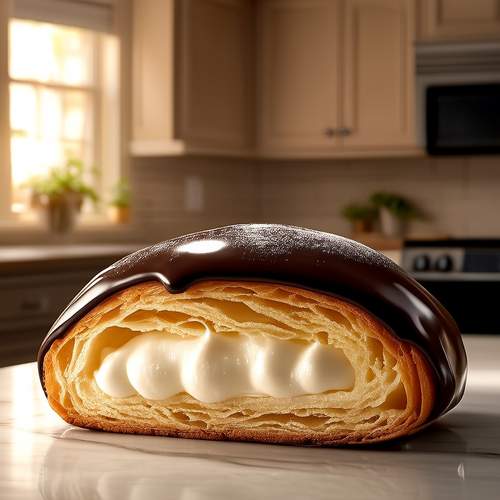
By /May 26, 2025
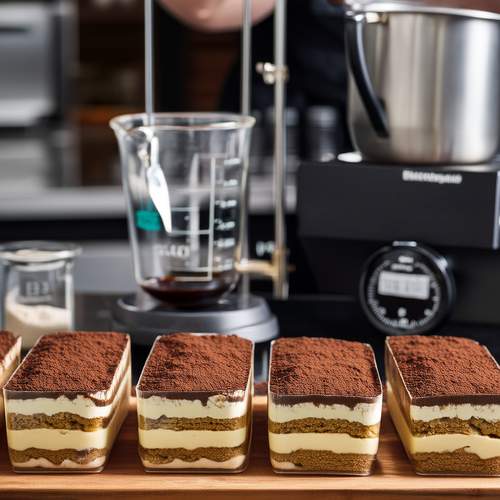
By /May 26, 2025
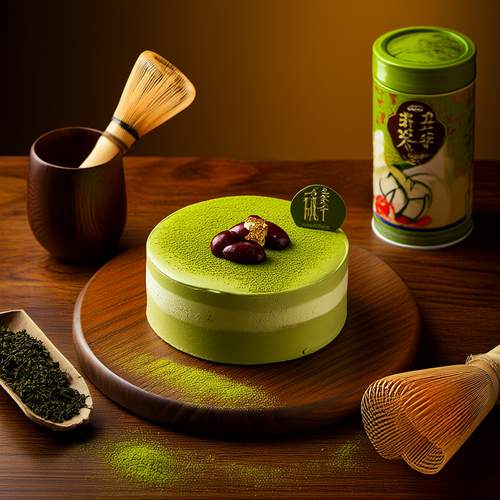
By /May 26, 2025
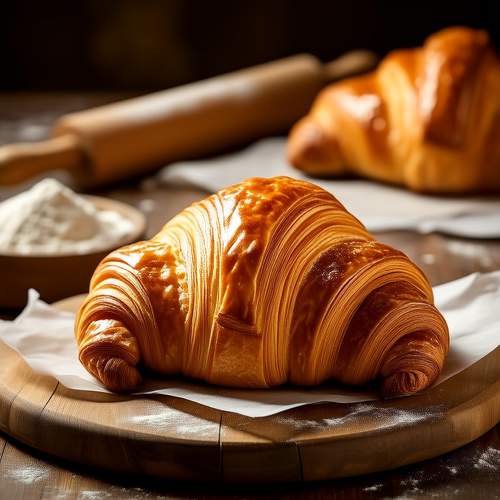
By /May 26, 2025

By /May 26, 2025

By /May 26, 2025

By /May 26, 2025
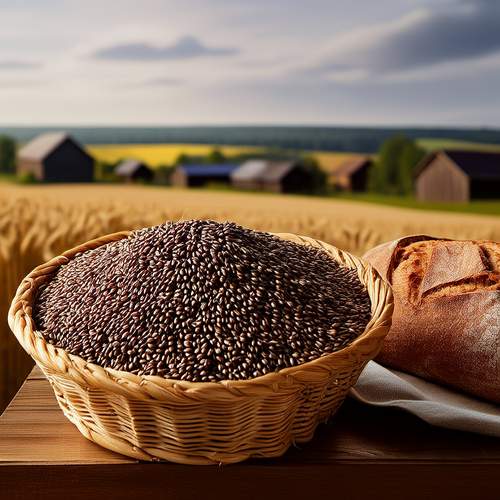
By /May 26, 2025

By /May 26, 2025
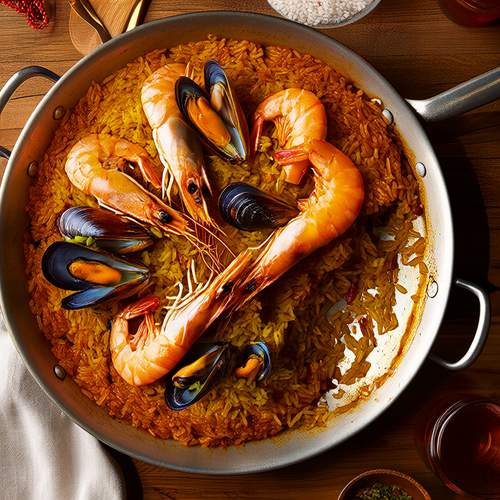
By /May 26, 2025
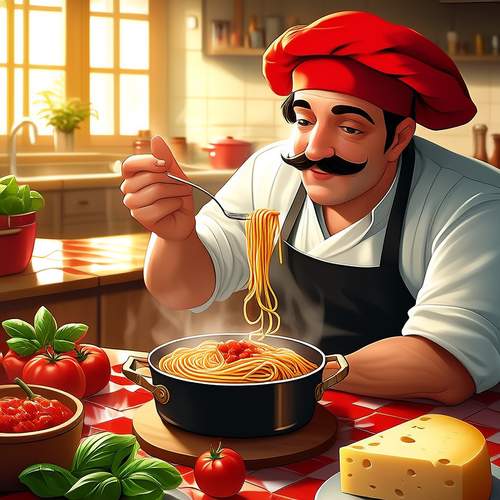
By /May 26, 2025
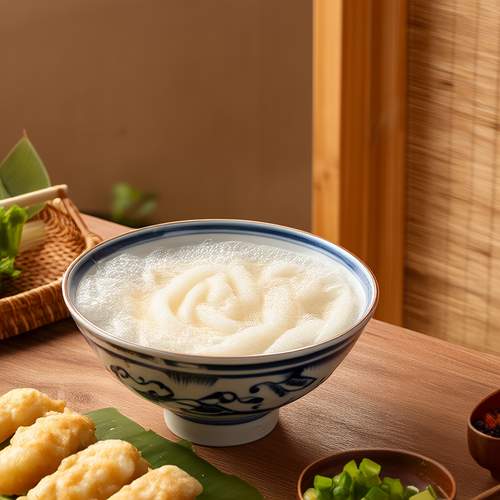
By /May 26, 2025
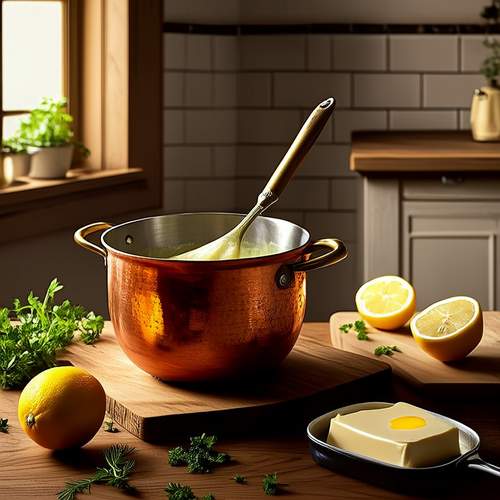
By /May 26, 2025

By /May 26, 2025

By /May 26, 2025
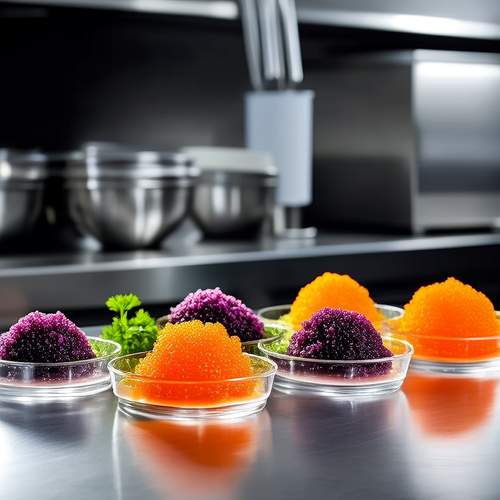
By /May 26, 2025
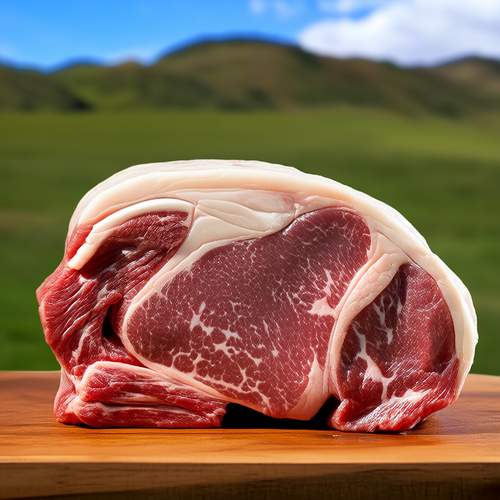
By /May 26, 2025

By /May 26, 2025

By /May 26, 2025